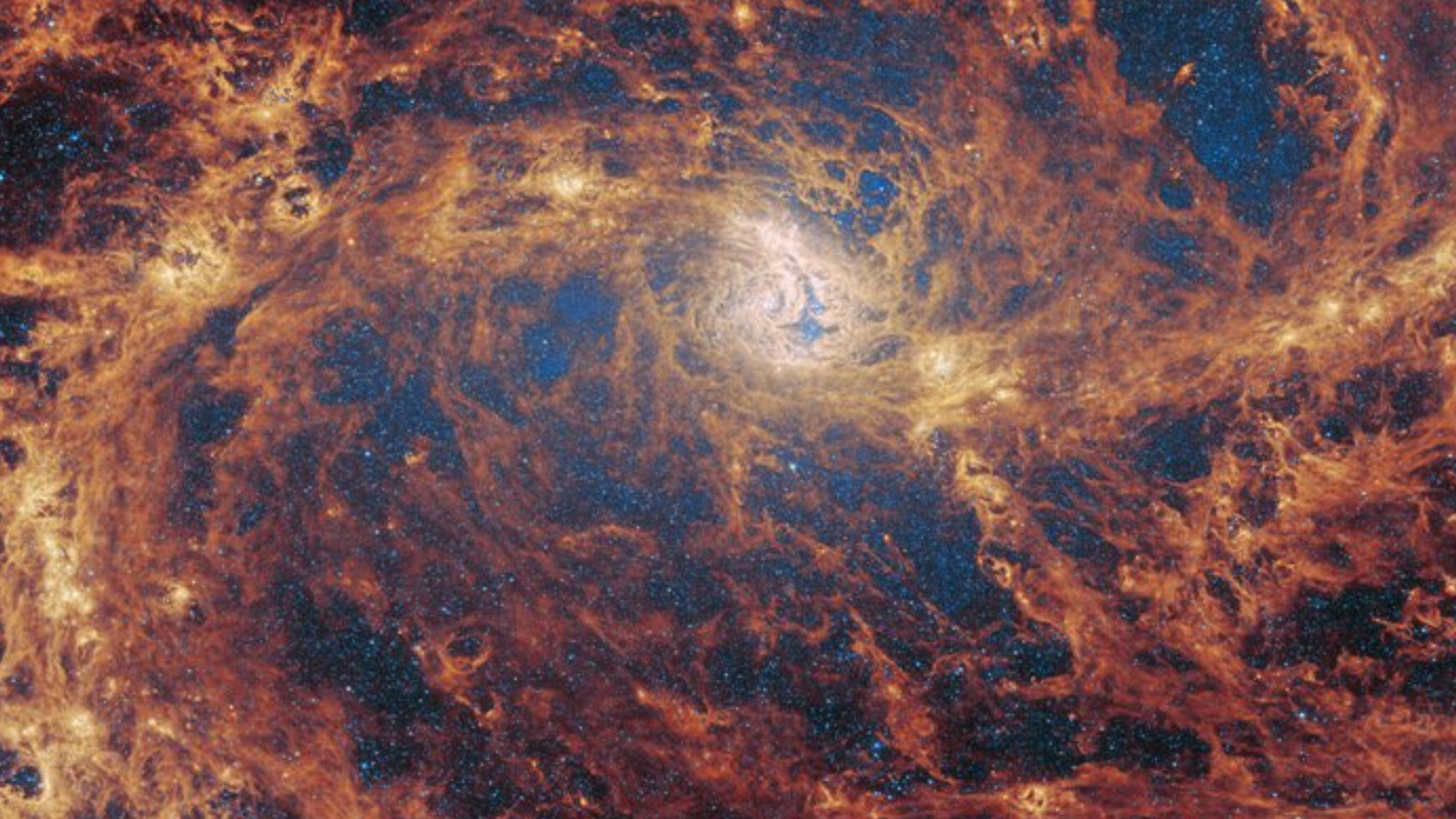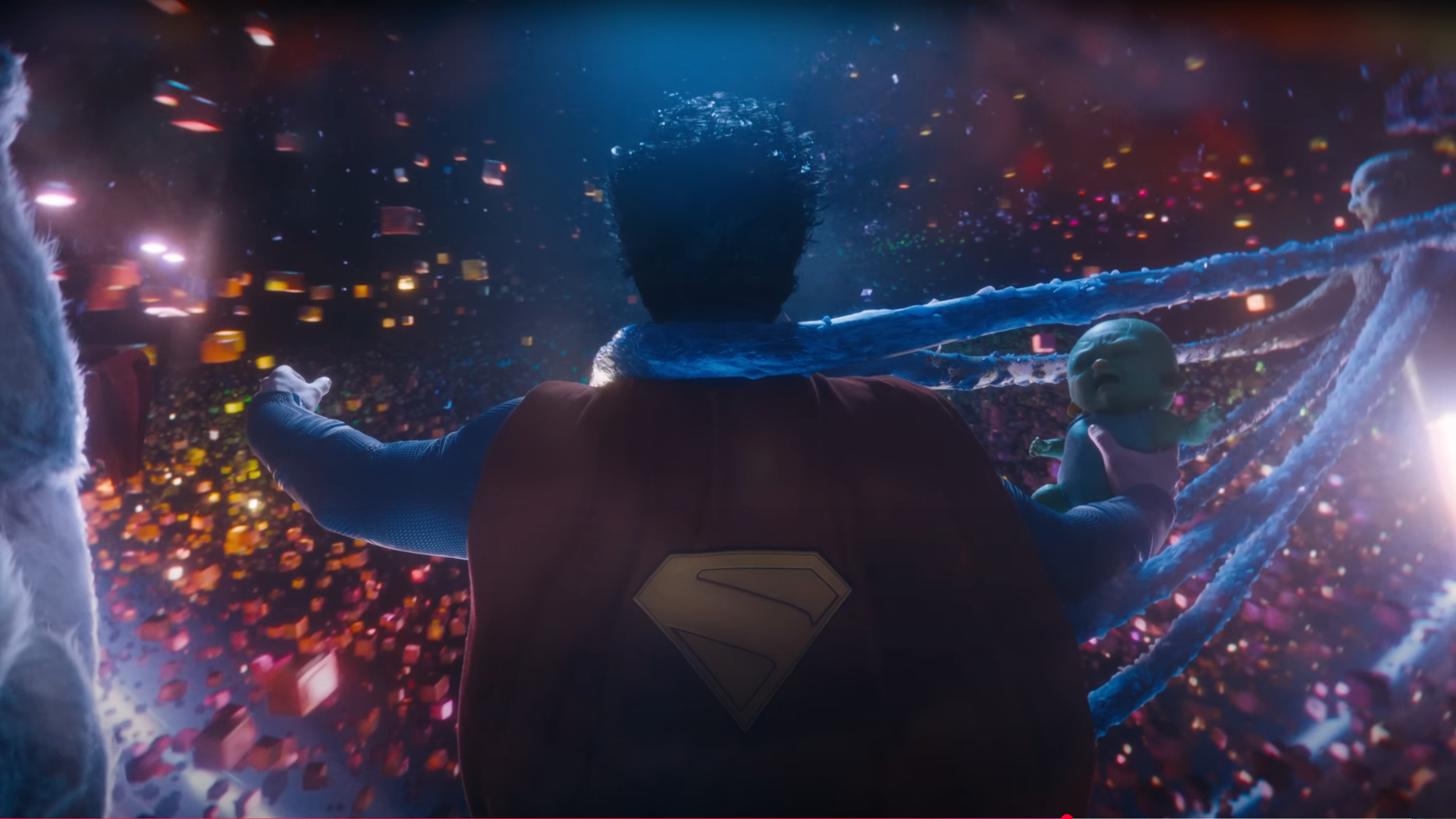
Robert Lea
Robert Lea is a science journalist in the U.K. whose articles have been published in Physics World, New Scientist, Astronomy Magazine, All About Space, Newsweek and ZME Science. He also writes about science communication for Elsevier and the European Journal of Physics. Rob holds a bachelor of science degree in physics and astronomy from the U.K.’s Open University. Follow him on Twitter @sciencef1rst.
Latest articles by Robert Lea
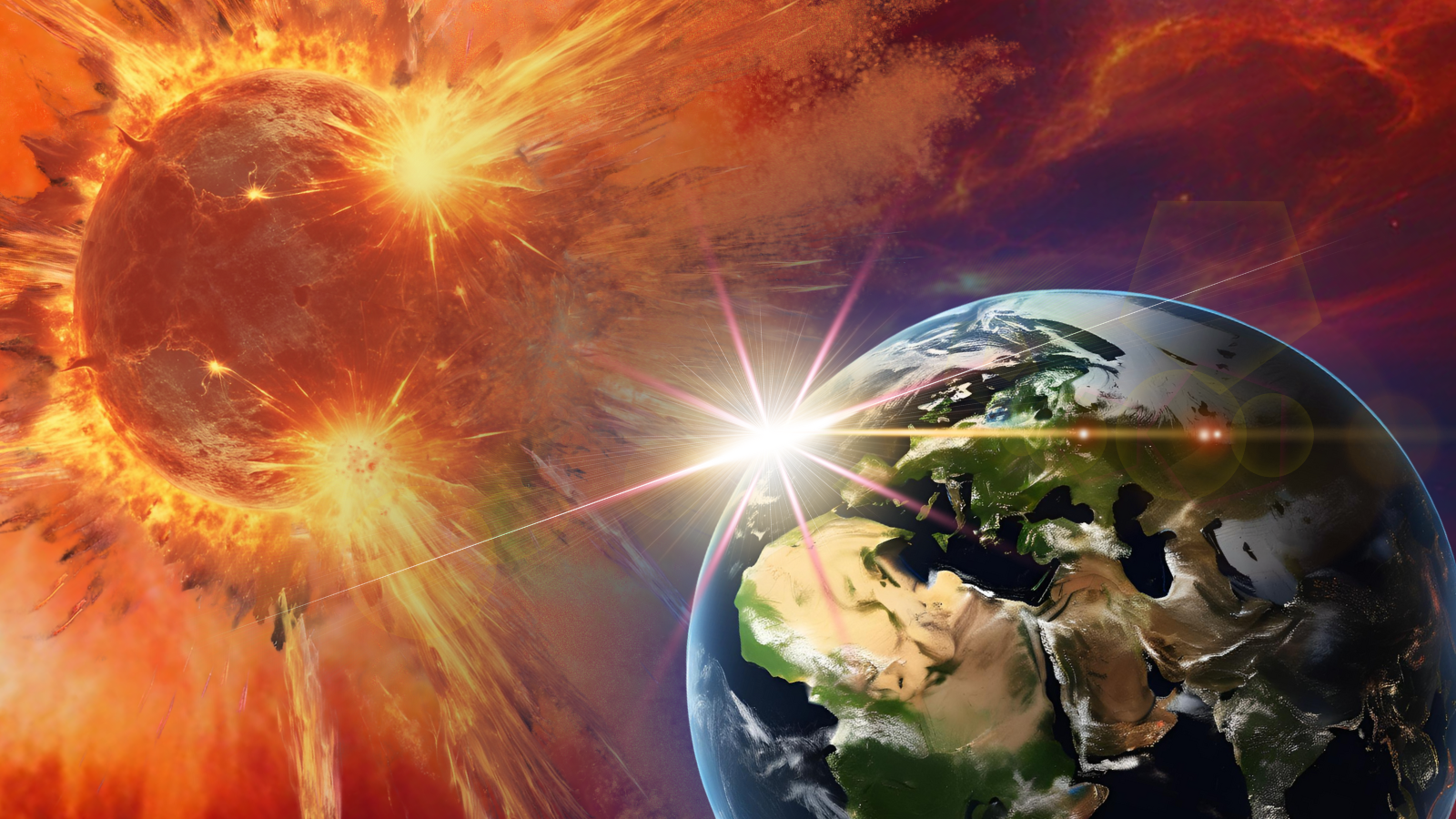
Supernovas may have triggered life-threatening changes in ancient Earth's climate. Scientists say it could happen again
By Robert Lea published
Ancient supernovas may have blasted Earth with powerful radiation, causing dramatic changes in our climate, and could do so again, posing a threat to life.
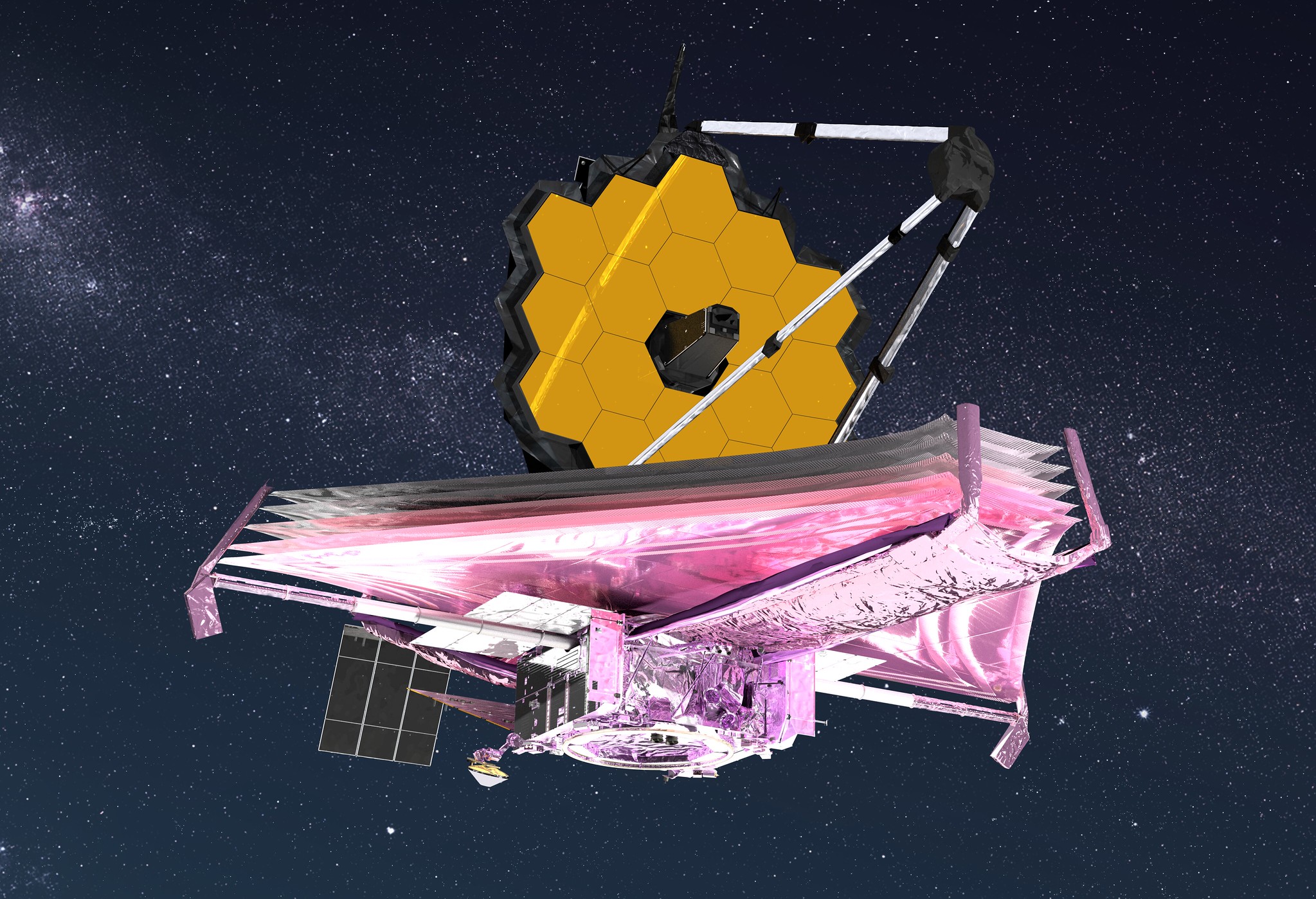
NASA's James Webb Space Telescope mission — Live updates
By Robert Lea last updated
Read the latest news about NASA's James Webb Space Telescope.
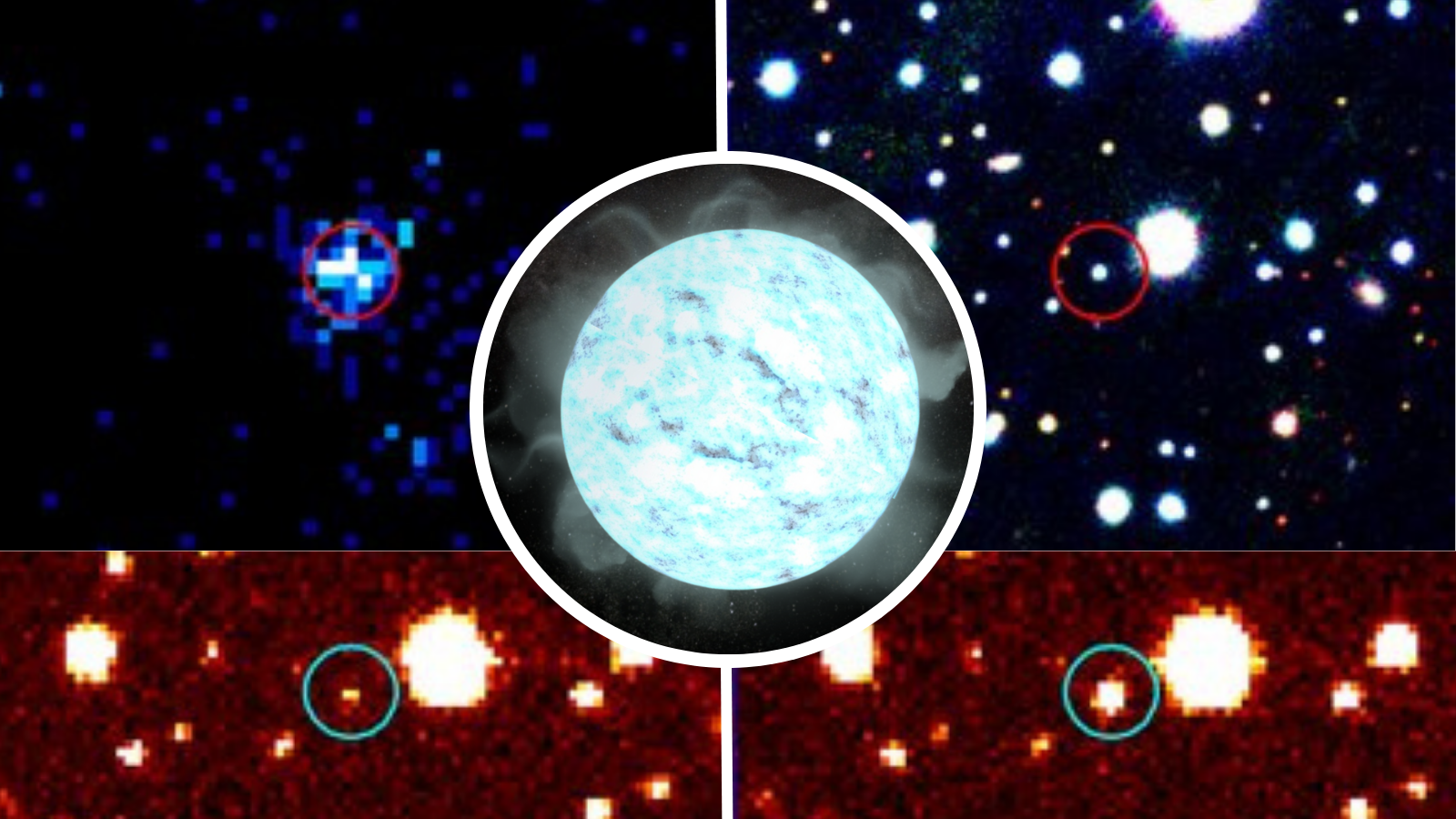
Missing link star? Why this 'teenage vampire' white dwarf has scientists so excited
By Robert Lea published
Astronomers have discovered a "teenage vampire" dead star in the process of devouring a companion star during a short-lived, "missing link" phase of its evolution.
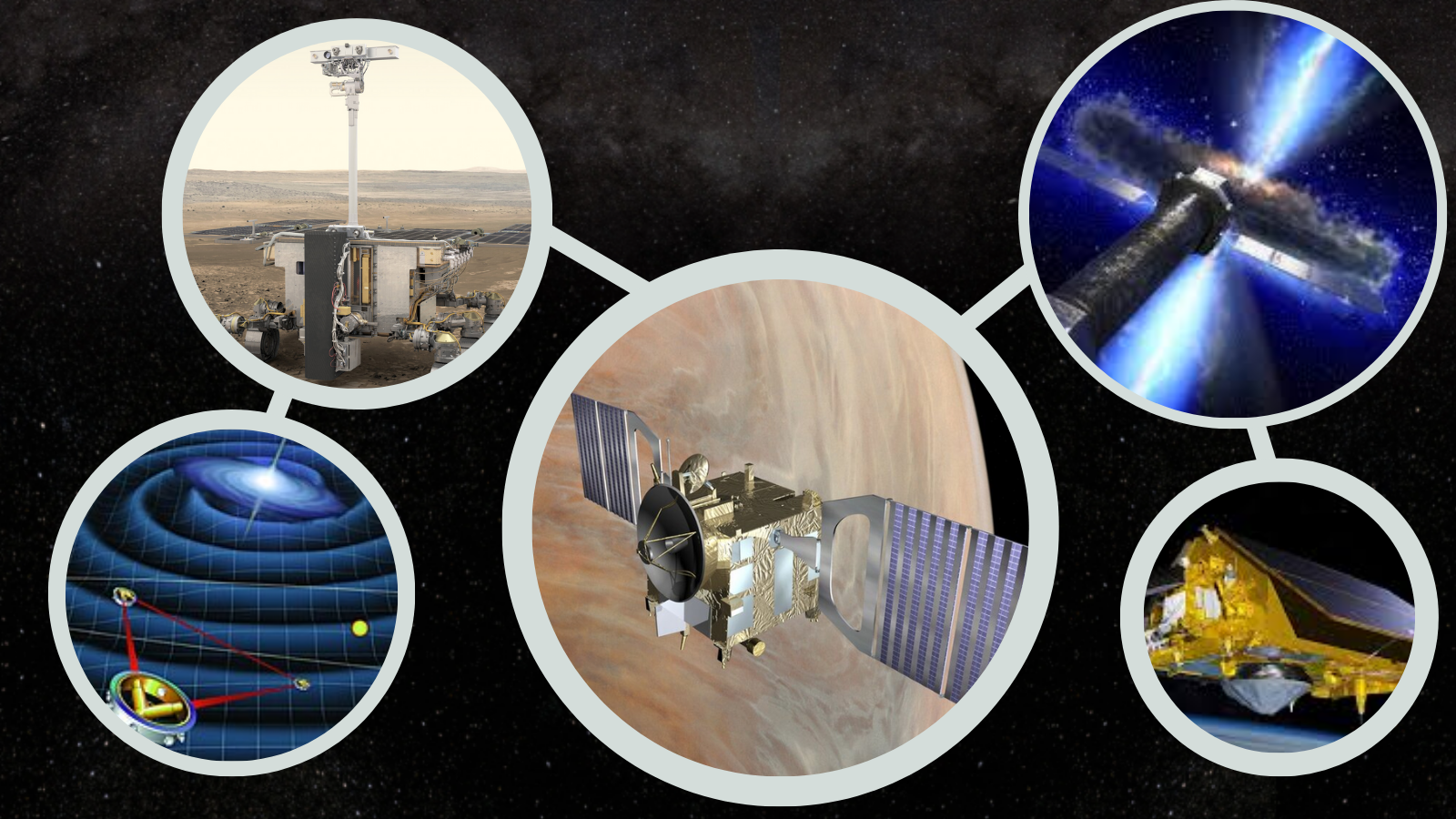
European Space Agency reveals 3 key space missions threatened by Trump's NASA budget cuts
By Robert Lea published
At least three ESA space missions are under threat as a result of Trump's budget cuts. The gravitational wave observatory LISA, Venus orbiter EnVision, and NewAthena may require "recovery actions."
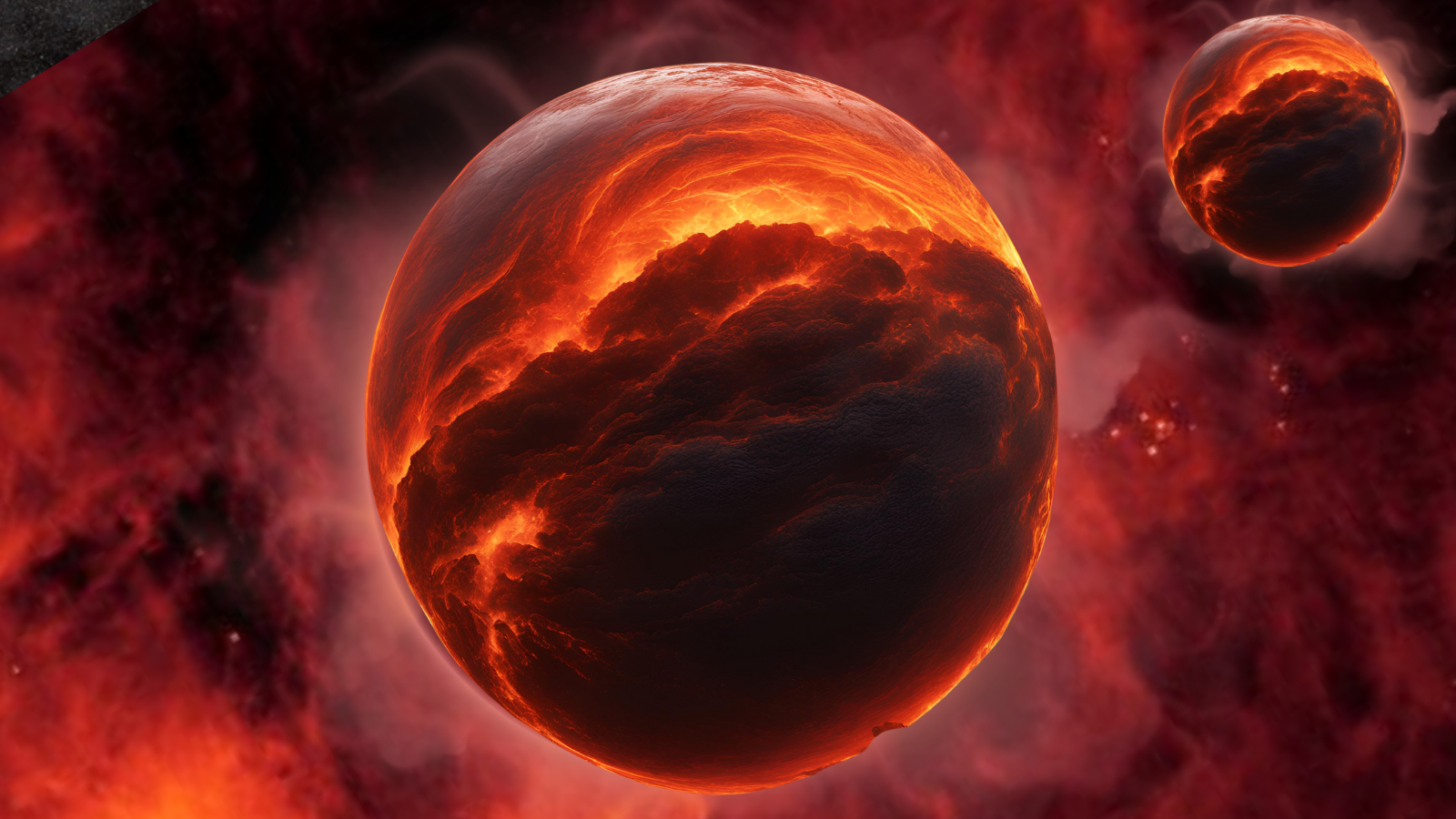
James Webb Space Telescope discovers smallest 'failed stars' ever seen
By Robert Lea published
Using the James Webb Space Telescope, astronomers have discovered the smallest brown dwarfs ever seen with the potential to form planets and surrounded by mysterious molecules.

Laws of physics are still broken: Attempt to explain away black holes' central singularity falls short, scientist says
By Robert Lea published
A researcher throws cold water on a recent effort that purported to eliminate black holes' greatest and most enduring mystery — the existence of their central singularity.
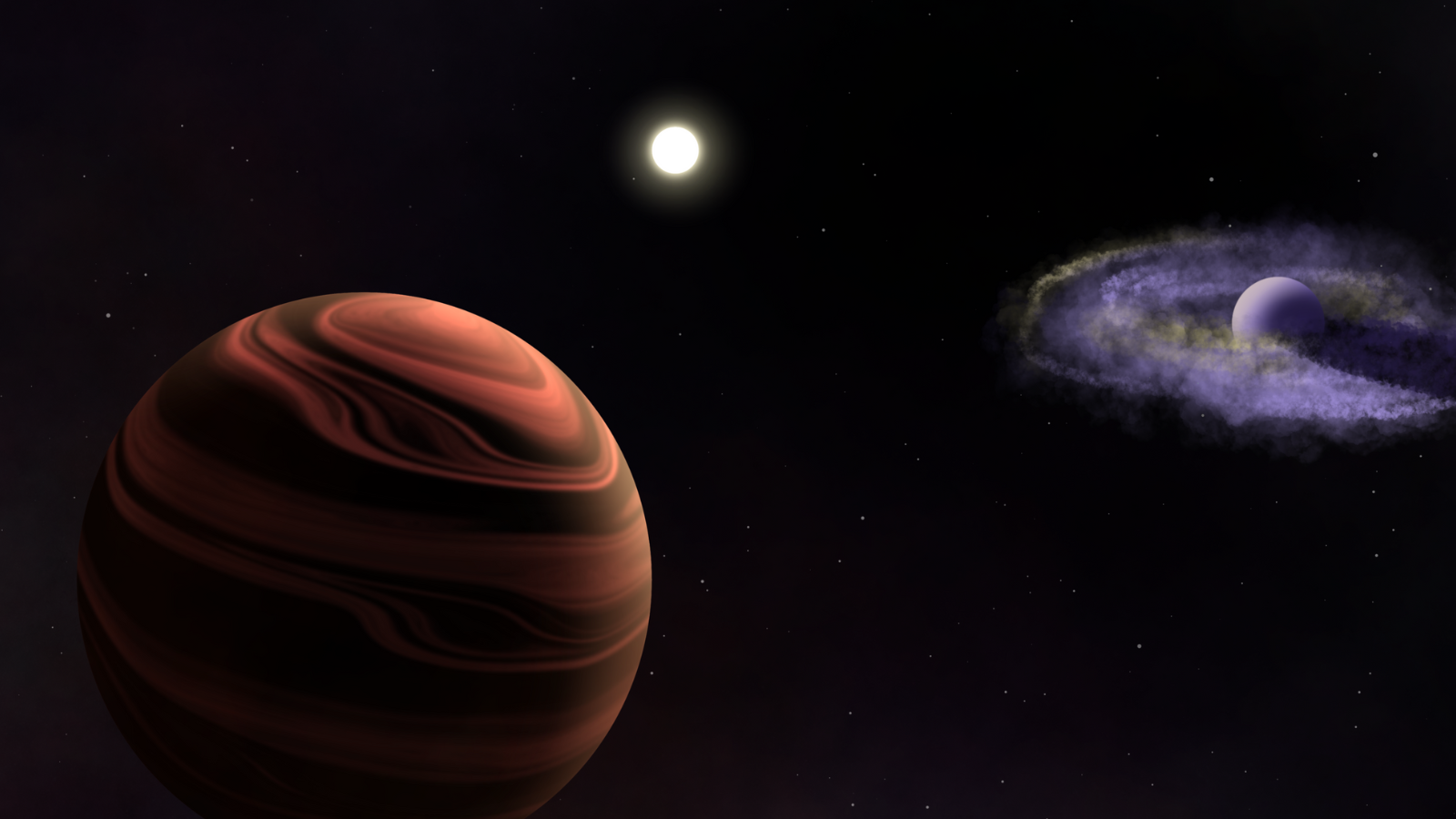
James Webb Space Telescope sees 1st exoplanet raining sand alongside 'sandcastle' partner world
By Robert Lea published
In two related firsts, the James Webb Space Telescope has discovered sand-filled rains on a distant exoplanet as its "sandcastle" partner world forms from sandy matter before the eyes of astronomers.
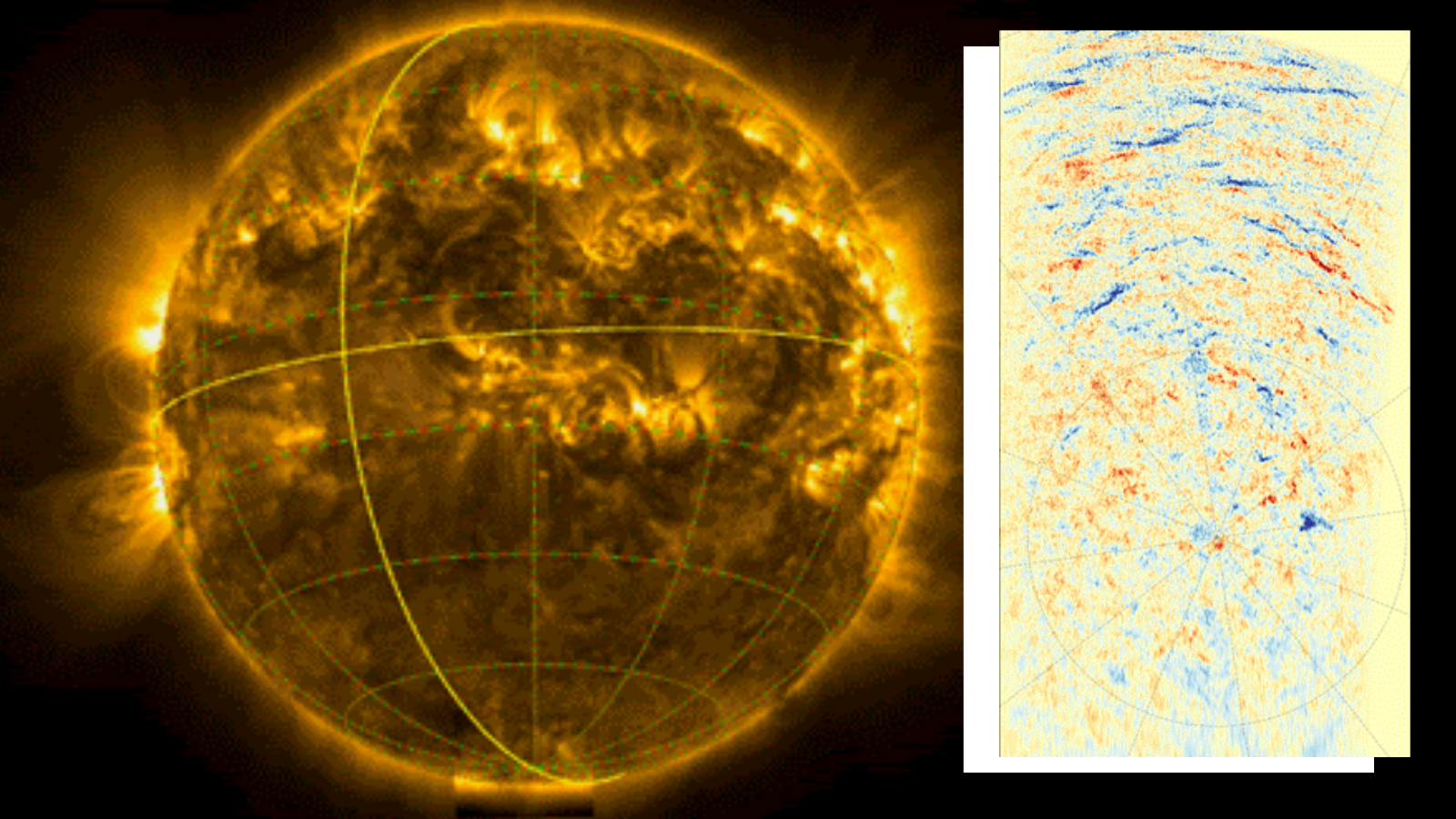
Humanity takes its 1st look at the sun's poles: 'This is just the first step of Solar Orbiter's stairway to heaven' (images)
By Robert Lea published
The Solar Orbiter has captured humanity's first look at the south pole of the sun, revealing messy magnetic fields and particles being ejected at high speeds.
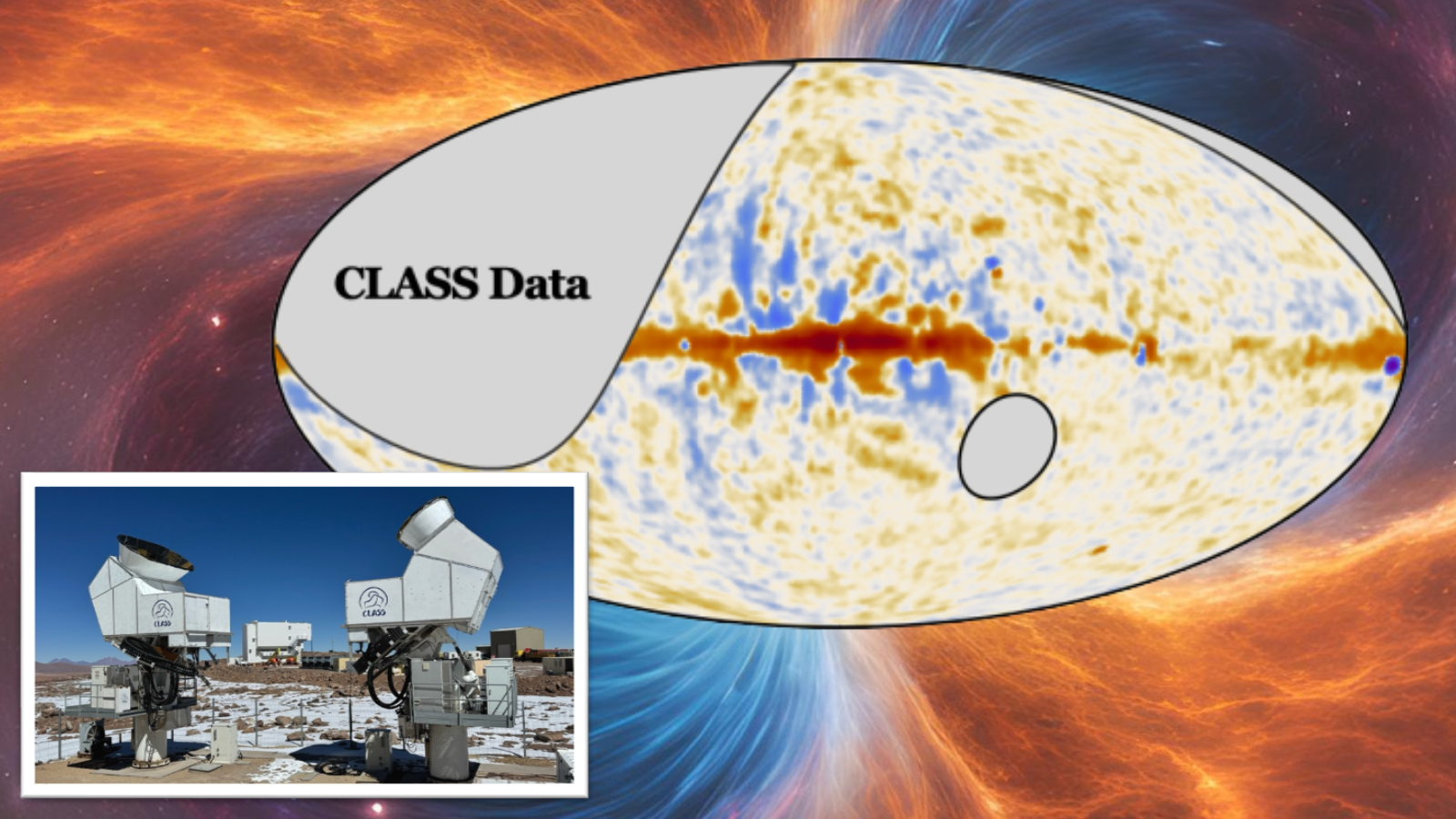
Astronomers see the 1st stars dispel darkness 13 billion years ago at 'Cosmic Dawn'
By Robert Lea published
The CLASS telescope array has taken a fresh look at the infant universe to hunt for polarized light in the Cosmic Microwave Background that resembles light bouncing off a cosmic car hood.
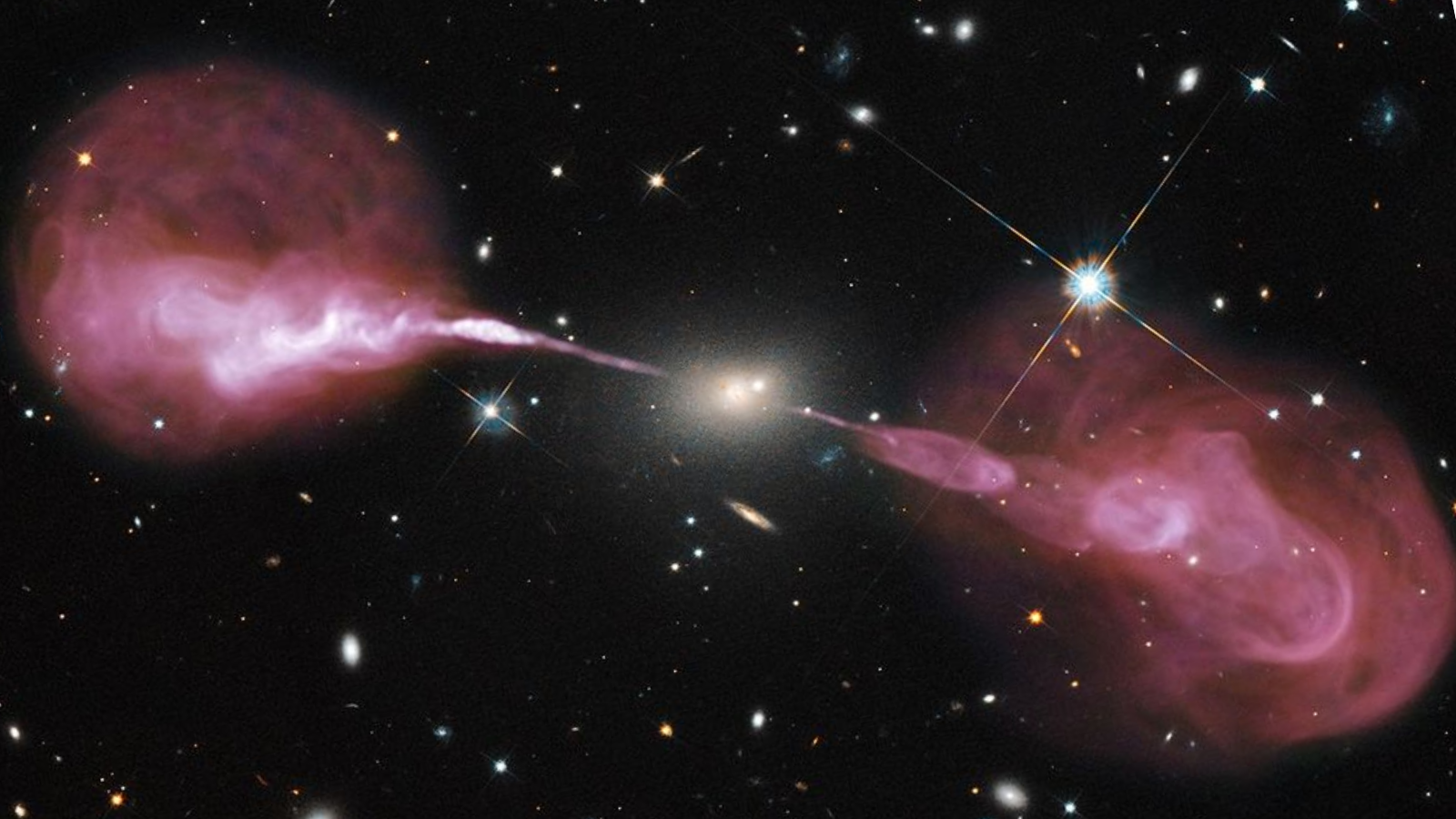
Astronomers discover 15 new giant radio galaxies — the largest single objects in the universe
By Robert Lea published
A new batch of 15 Giant Radio Galaxies, the largest of which is 12.4 light-years wide, could help reveal how black holes and galactic mergers help the universe's largest single objects grow so large.
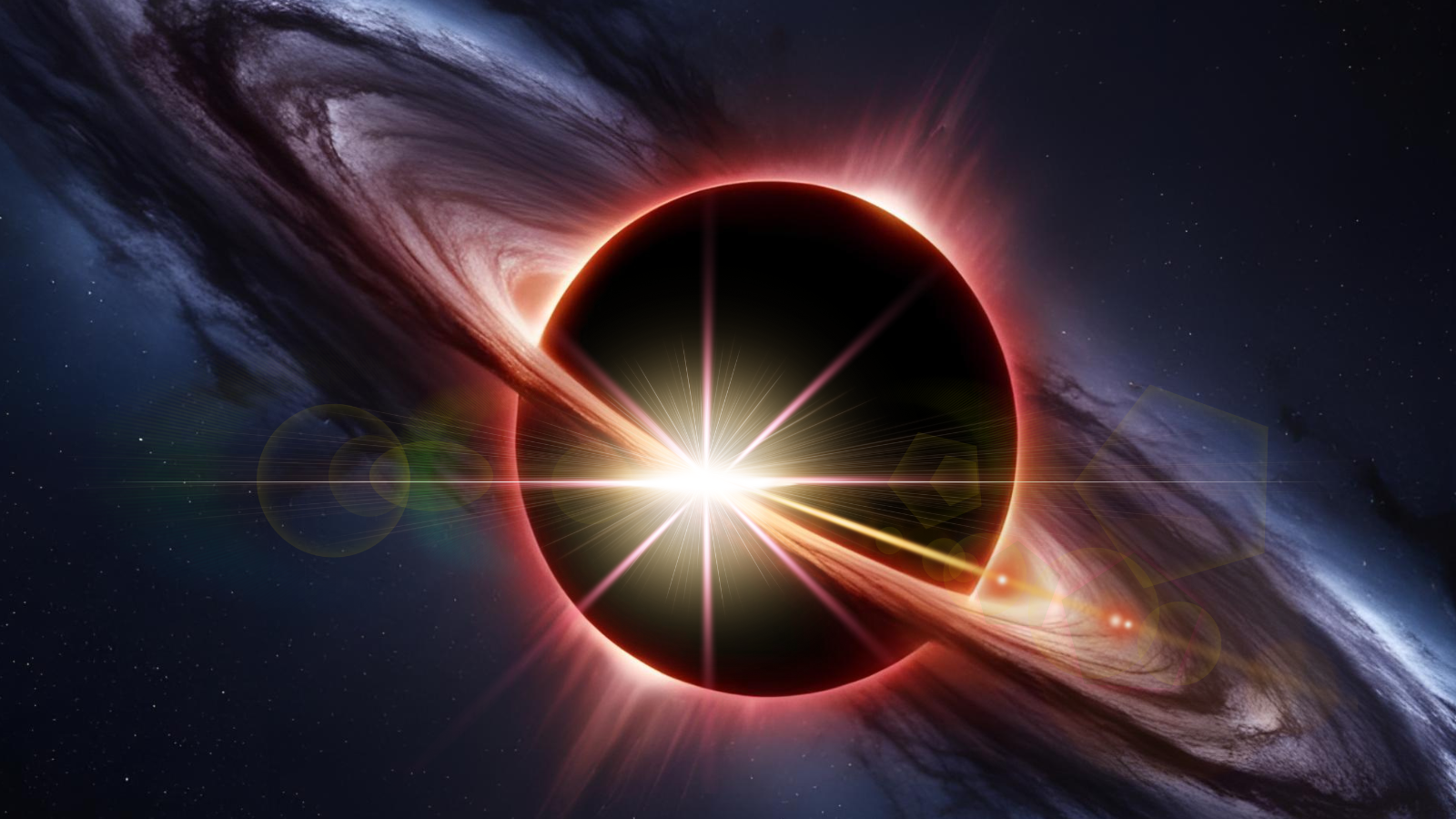
Black holes could work as natural particle colliders to hunt for dark matter, scientists say
By Robert Lea published
Supermassive black holes could act as natural particle accelerators, helping humanity investigate dark matter.
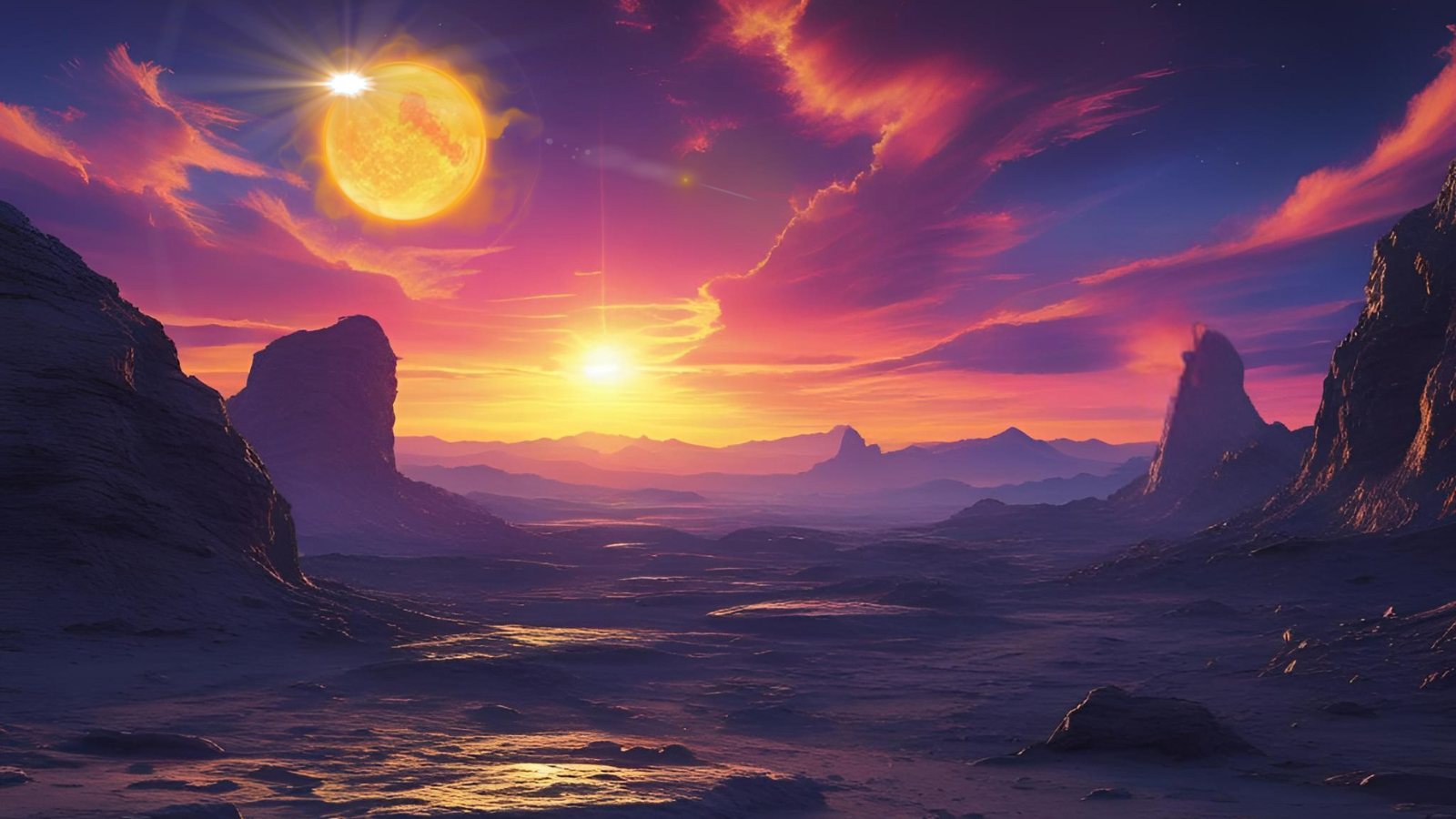
AI could solve puzzles posed by twin stars in 'mere minutes or seconds on a single laptop'
By Robert Lea published
A newly designed, AI-powered program could solve the puzzle of binary stars in mere seconds using a common laptop, a process that currently takes supercomputer clusters weeks.
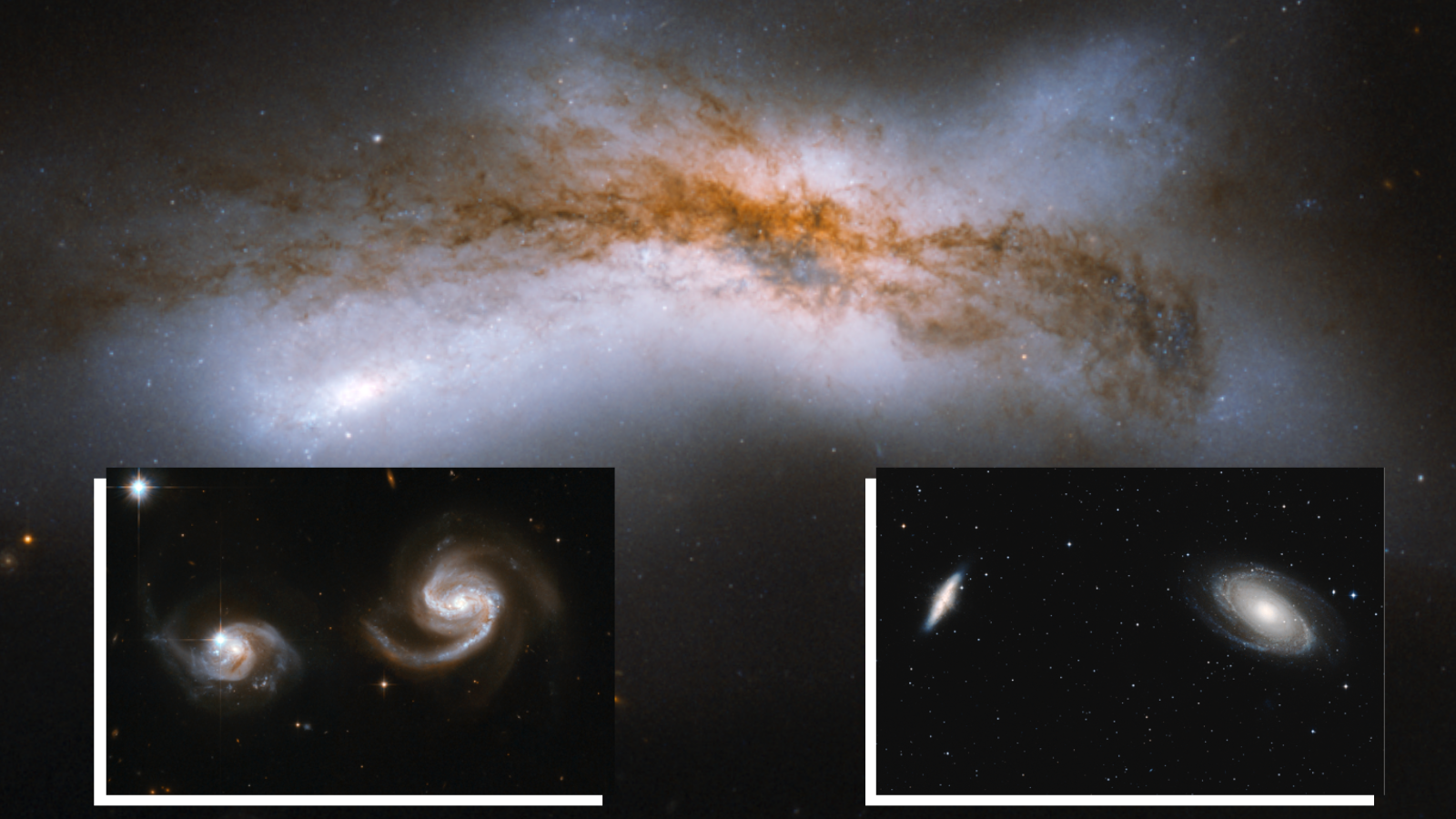
The Milky Way may not collide with neighboring galaxy Andromeda after all: 'From near-certainty to a coin flip'
By Robert Lea published
A collision between the Milky Way and neighboring galaxy Andromeda is far from a sure thing; in fact, it could hinge on the flip of a cosmic coin.
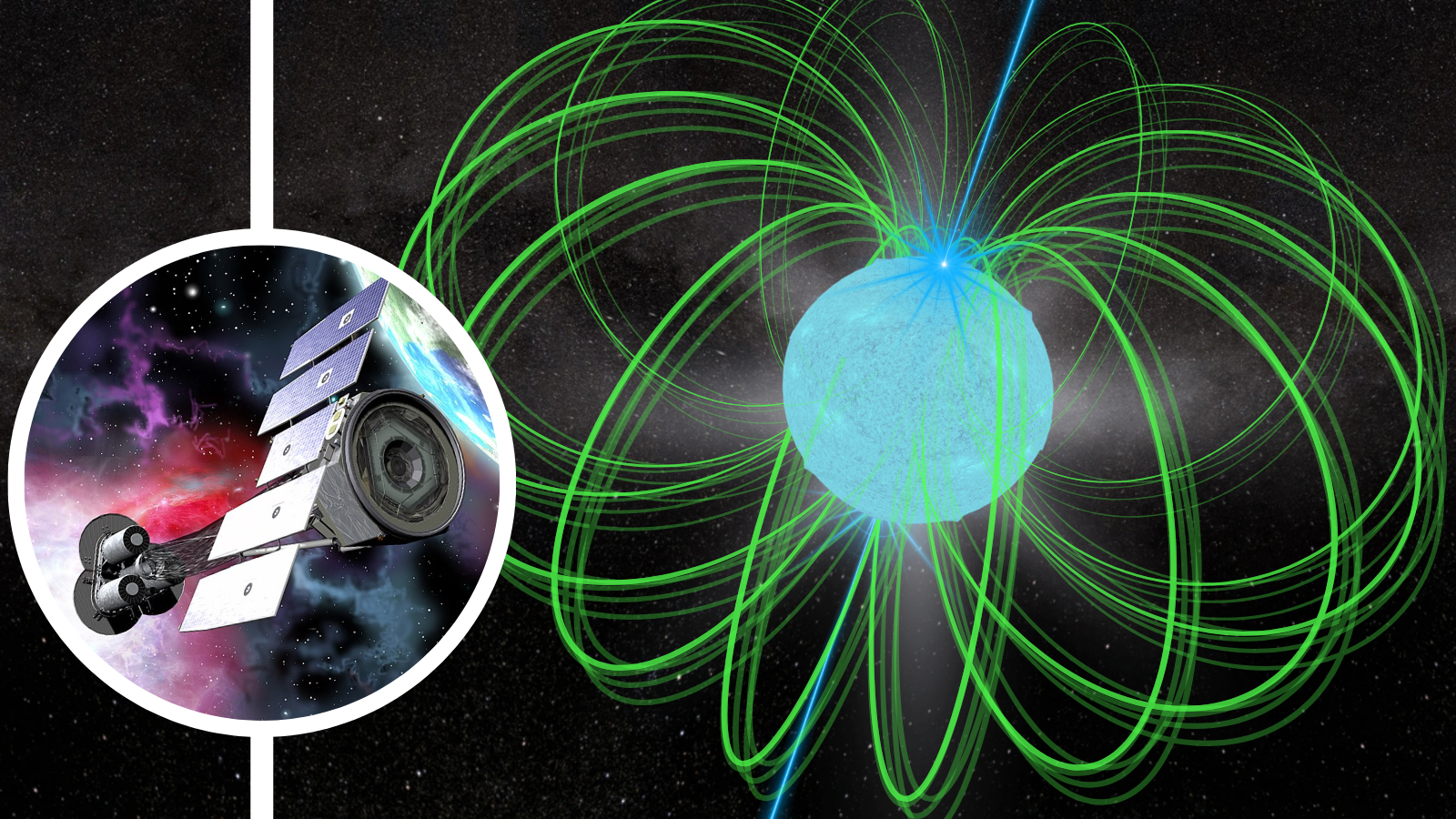
Super-magnetic dead star throws a violent temper tantrum as NASA X-ray spacecraft looks on
By Robert Lea published
NASA's X-ray space telescope IXPE has made the first observation of polarized light emerging from an outbursting magnetar, neutron stars that possess the universe's strongest magnetic fields.
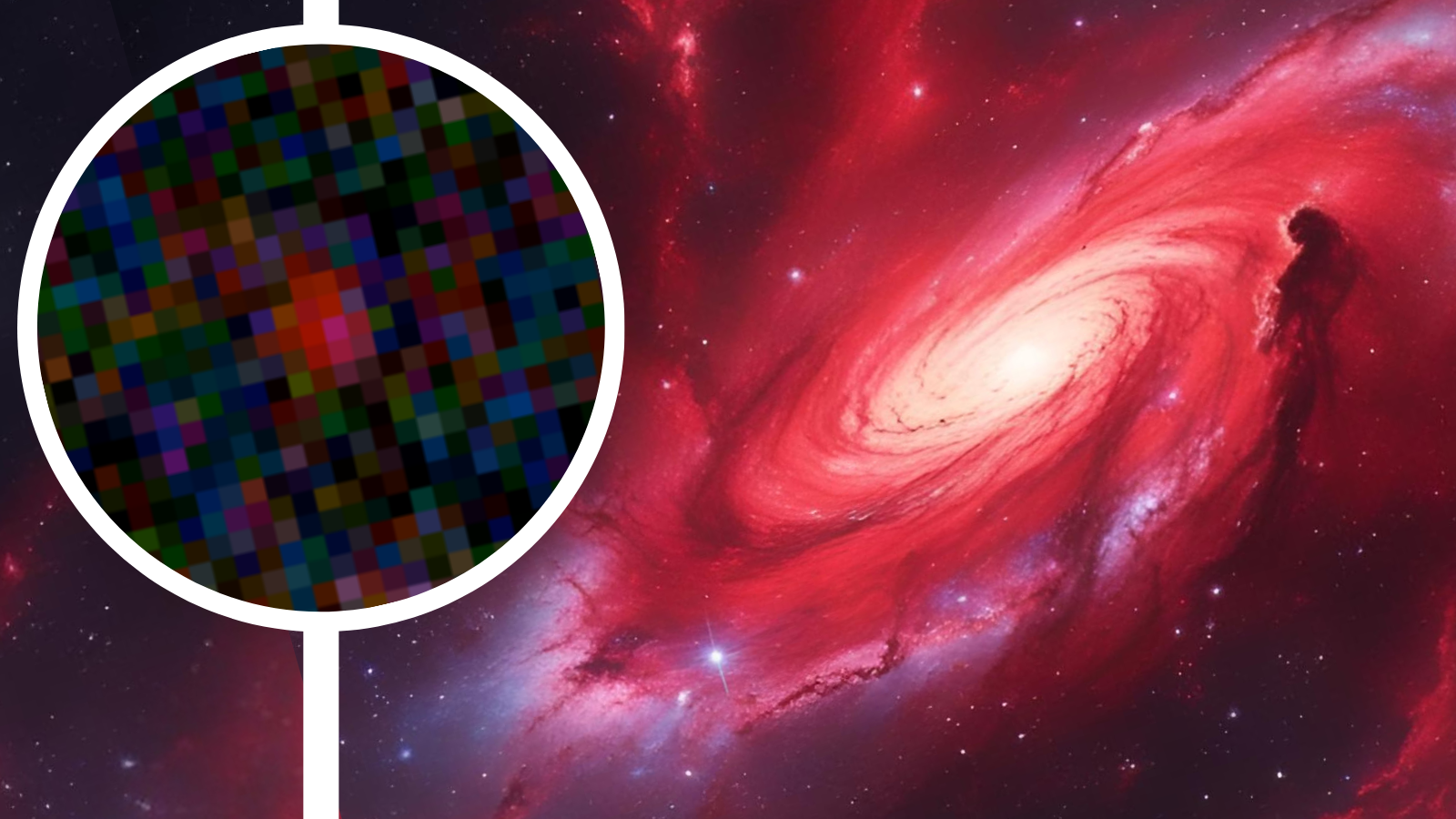
'Cosmic miracle!' James Webb Space Telescope discovers the earliest galaxy ever seen
By Robert Lea published
The James Webb Space Telescope has done it again, discovering the "mother of all early galaxies," a record-breaking distant object that existed just 280 billion years after the Big Bang.
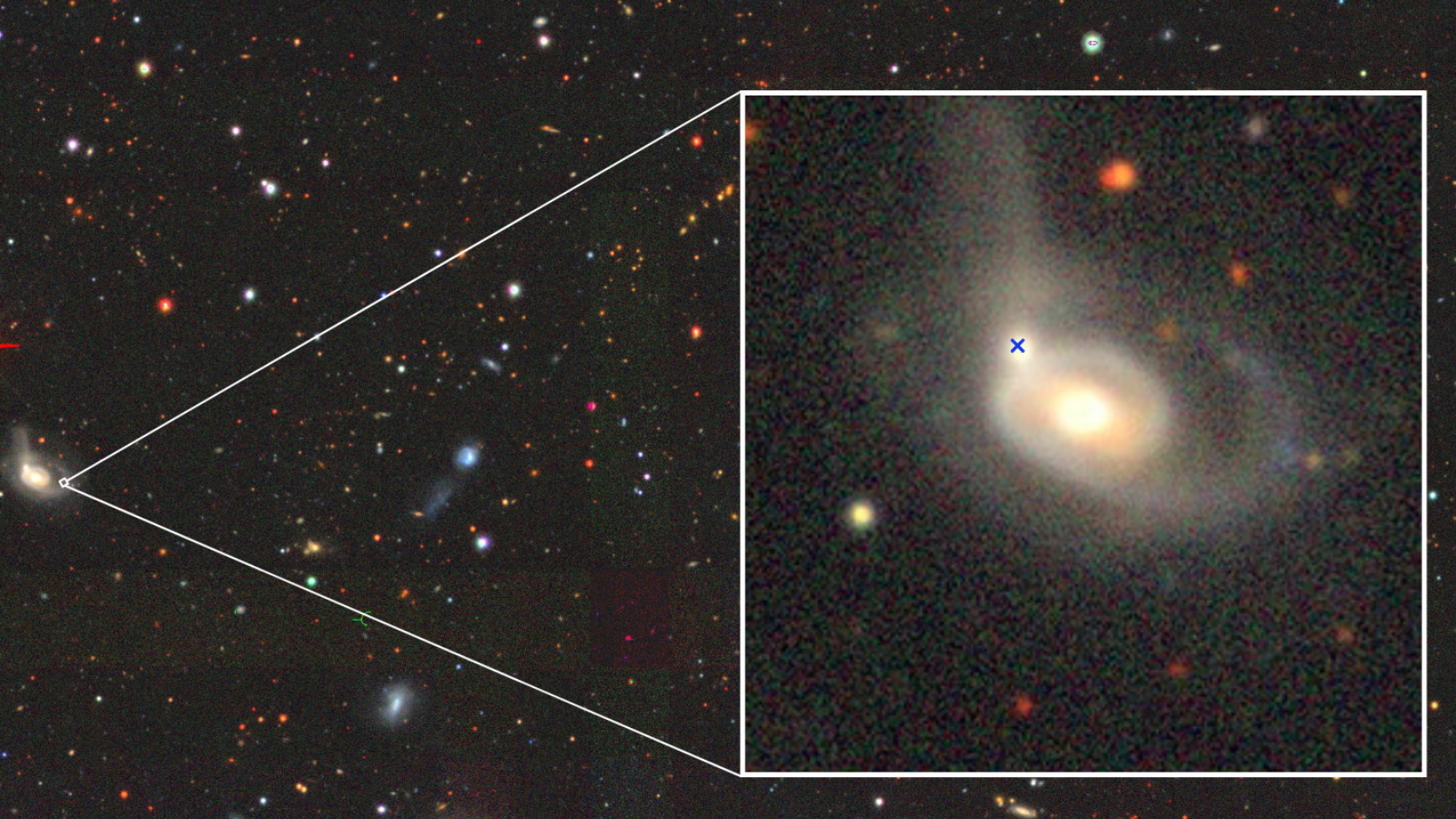
Astronomers discover black hole ripping a star apart inside a galactic collision. 'It is a peculiar event'
By Robert Lea published
Astronomers have spotted a supermassive black hole ripping apart and devouring a star in colliding galaxies. It is only the second time a tidal disruption event has been seen in interacting galaxies.
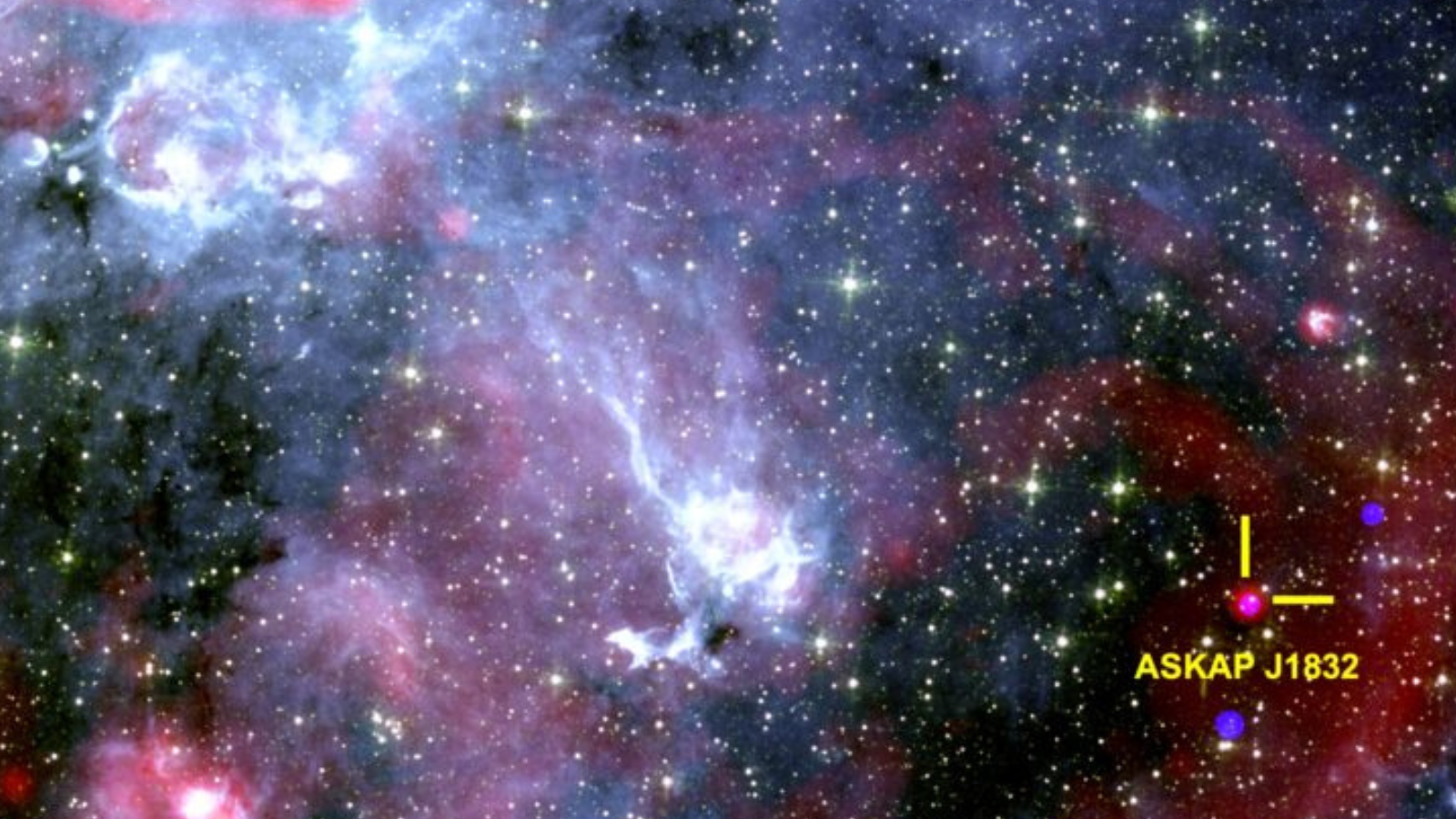
Astronomers discover mystery cosmic body bursting with X-rays: 'This object is unlike anything we have seen before'
By Robert Lea published
The mystery surrounding a strange cosmic object, or 'long-period transient,' has deepened. This object is bursting with X-rays, and astronomers describe it as unlike anything seen before.
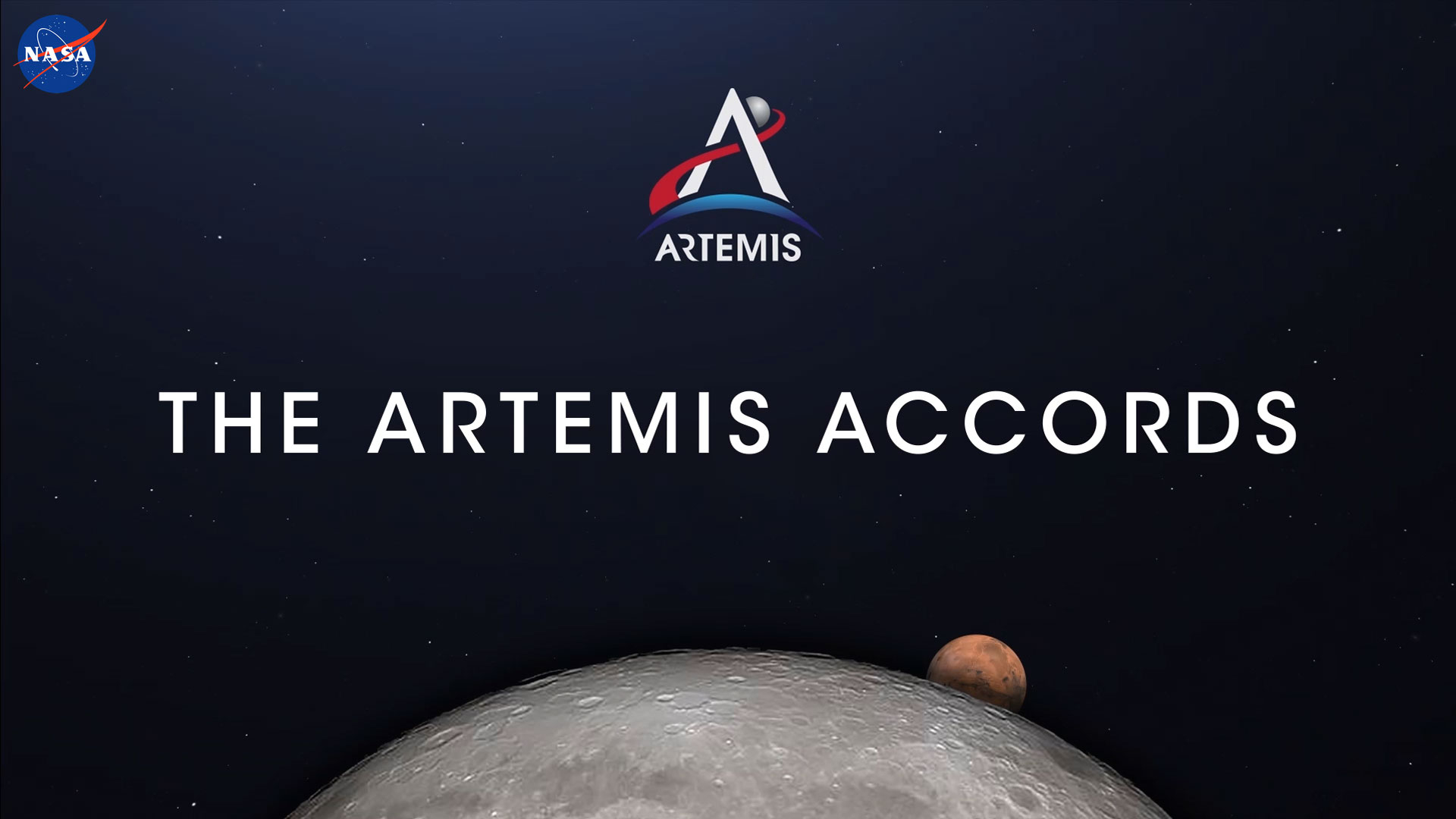
Artemis Accords: What are they & which countries are involved?
By Robert Lea last updated
Reference As the Artemis program aims to return humanity to the moon and beyond, the Artemis Accords lay out a framework for nations collaborating in this effort.
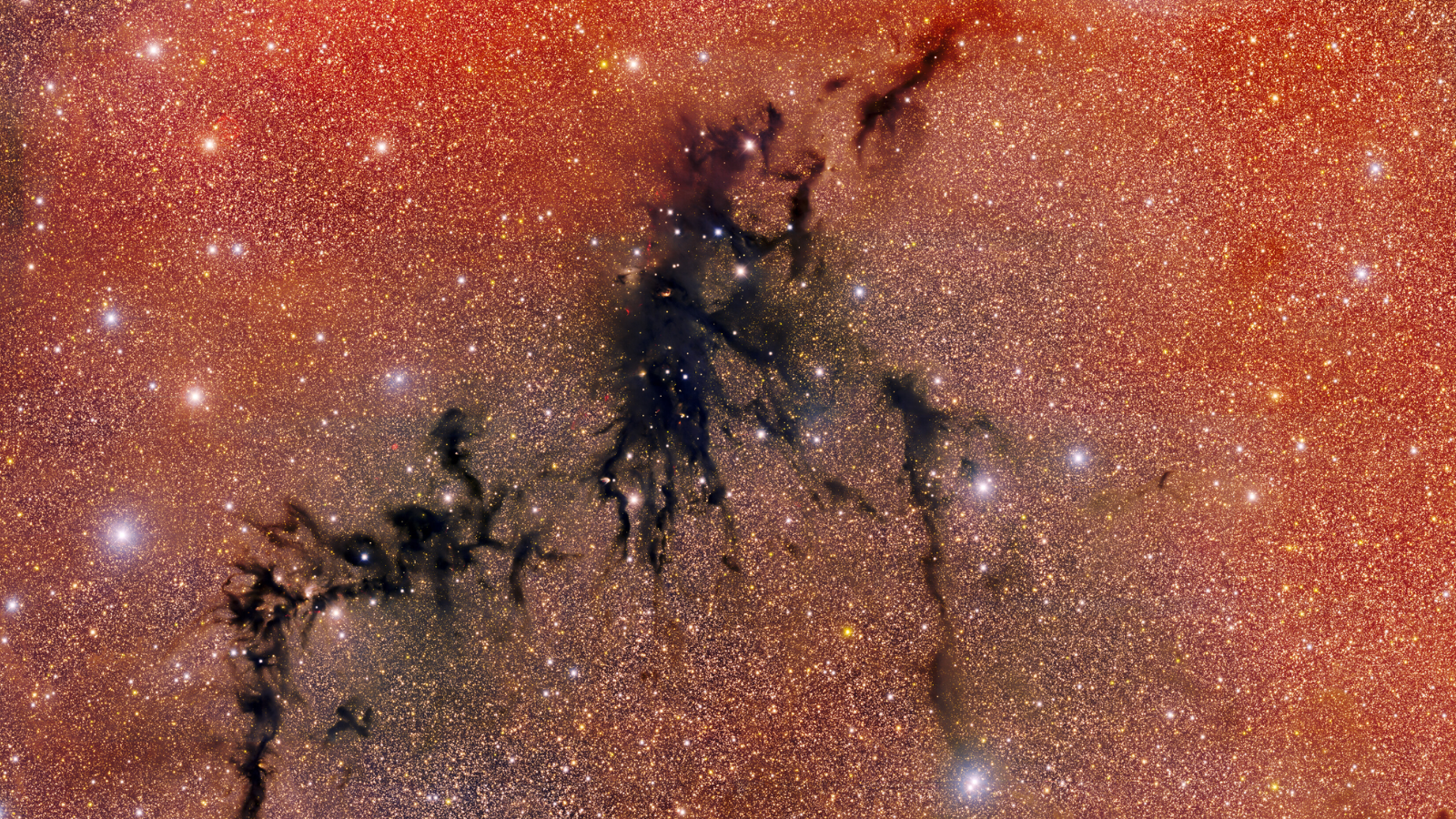
Astronomers gaze into 'dark nebula' 60 times the size of the solar system (video)
By Robert Lea published
Using the Dark Energy Camera astronomers have found a packed stellar nursery of infant stars in the dark nebula in the 180-light-year-wide Circinus West molecular cloud.
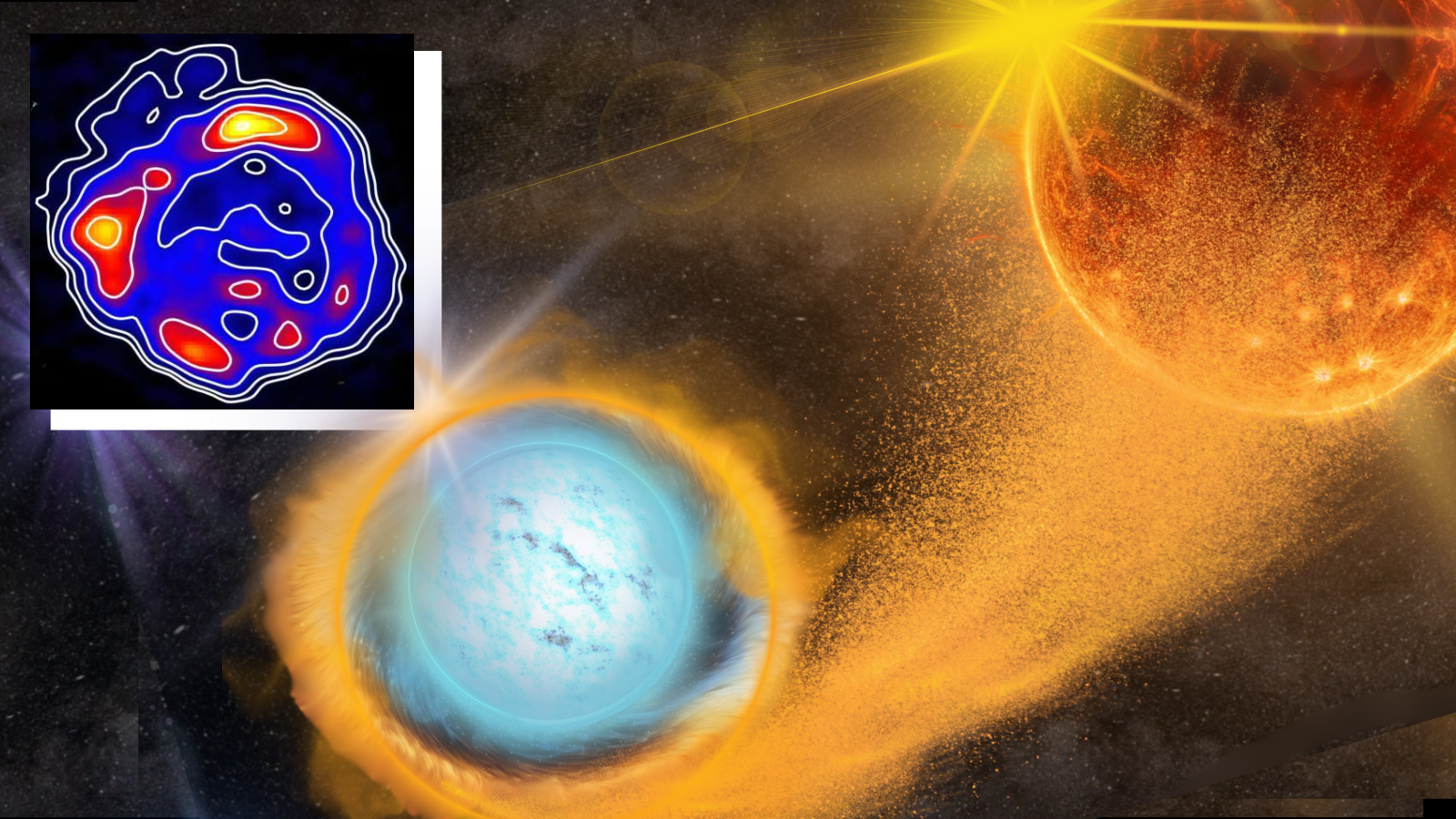
Hubble helps explore the wreckage of a supernova star explosion in a satellite galaxy of the Milky Way (image)
By Robert Lea published
Using the Hubble Space Telescope and an array of other instruments, astronomers have probed supernova wreckage in the Large Magellanic Cloud, the galaxy next door.
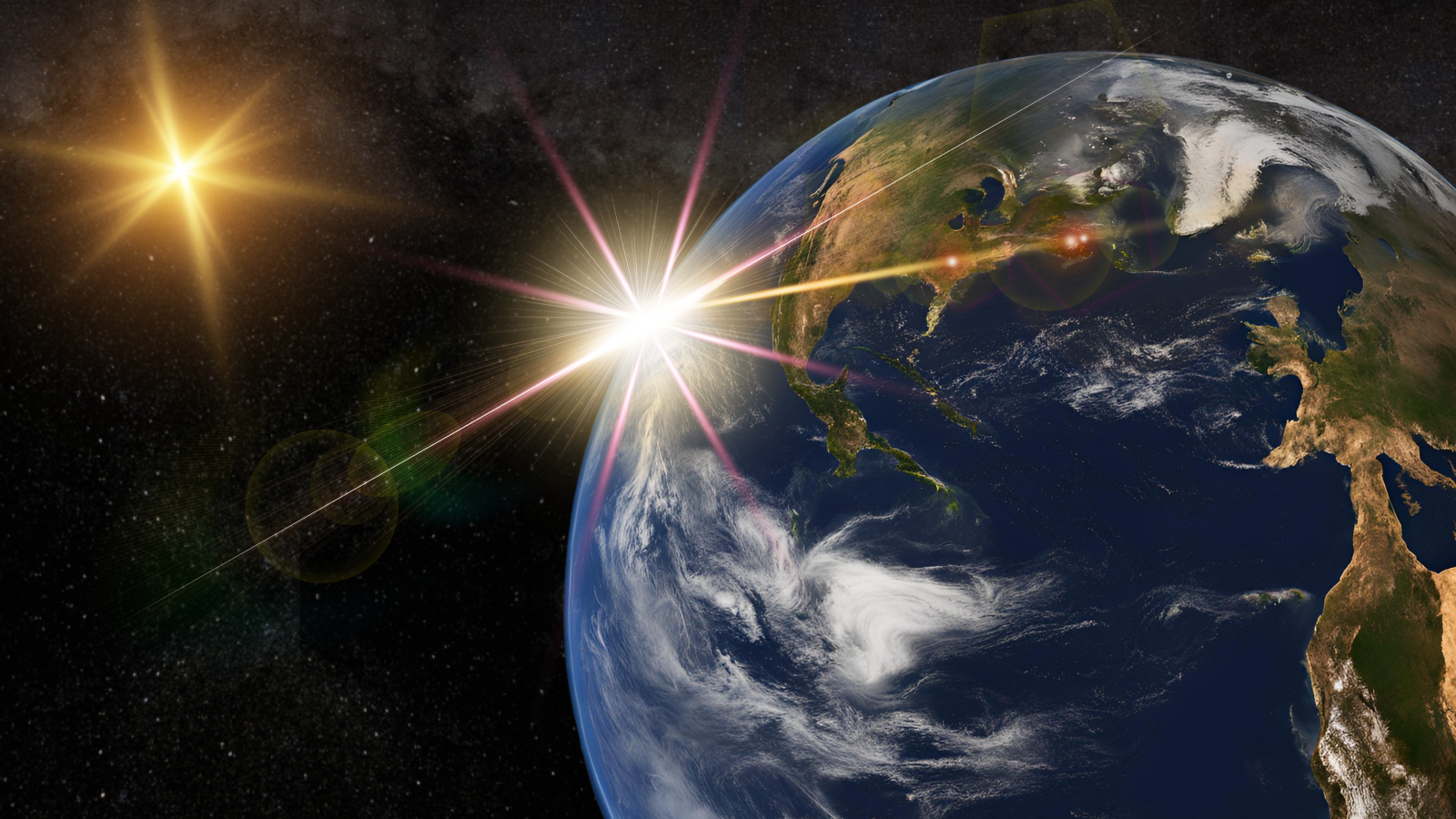
Scientists discover super-Earth exoplanets are more common in the universe than we thought
By Robert Lea published
Super-Earths can exist in wider orbits around their parent stars than was previously believed, suggesting these Earth-like exoplanets could be more common than we thought.
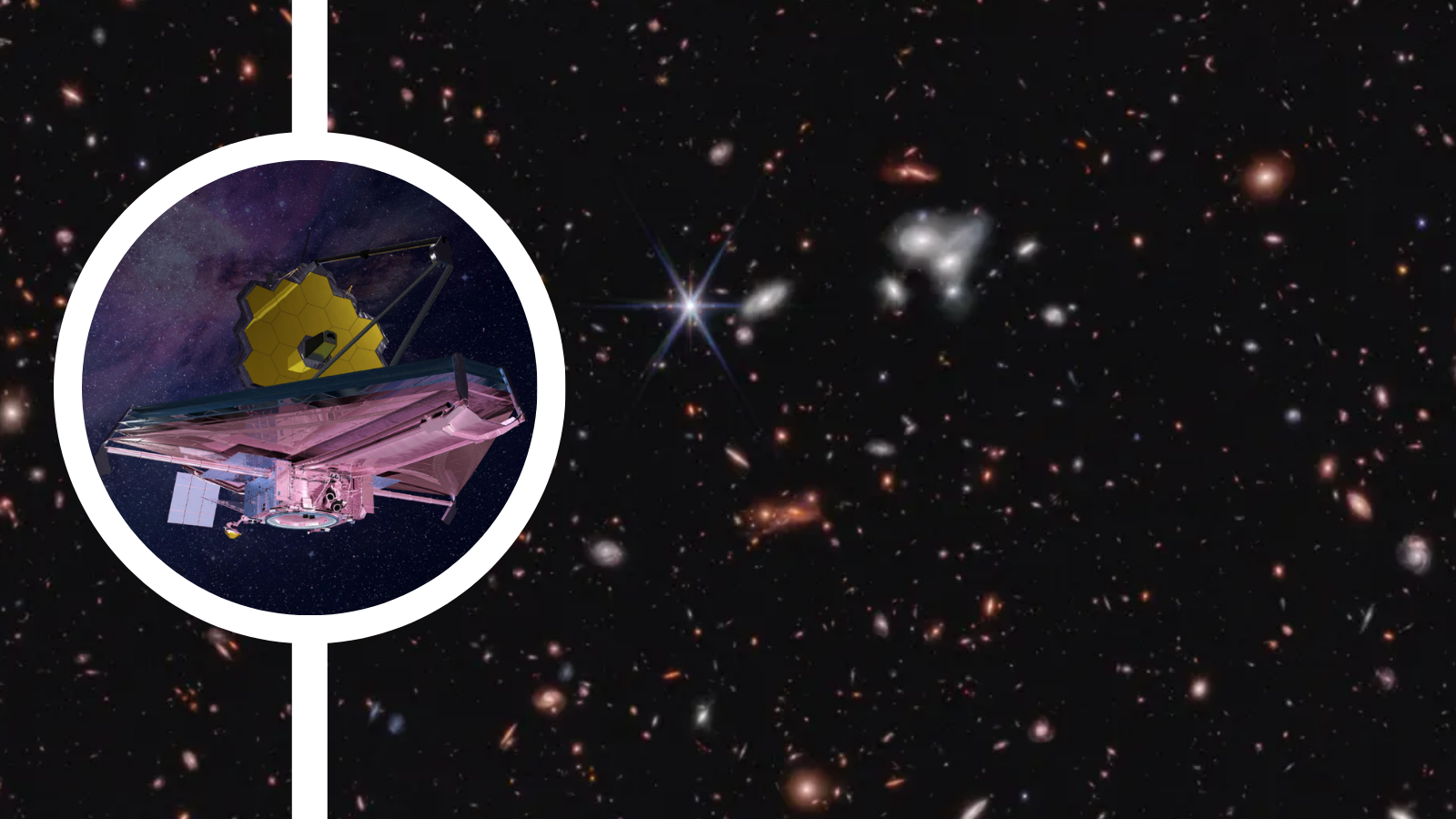
James Webb Space Telescope finds a wild black hole growth spurt in galaxies at 'cosmic noon'
By Robert Lea published
Using the James Webb Space Telescope, astronomers have peered into galaxies that existed at cosmic noon to hunt ravenously feeding black holes and bursts of starbirth.
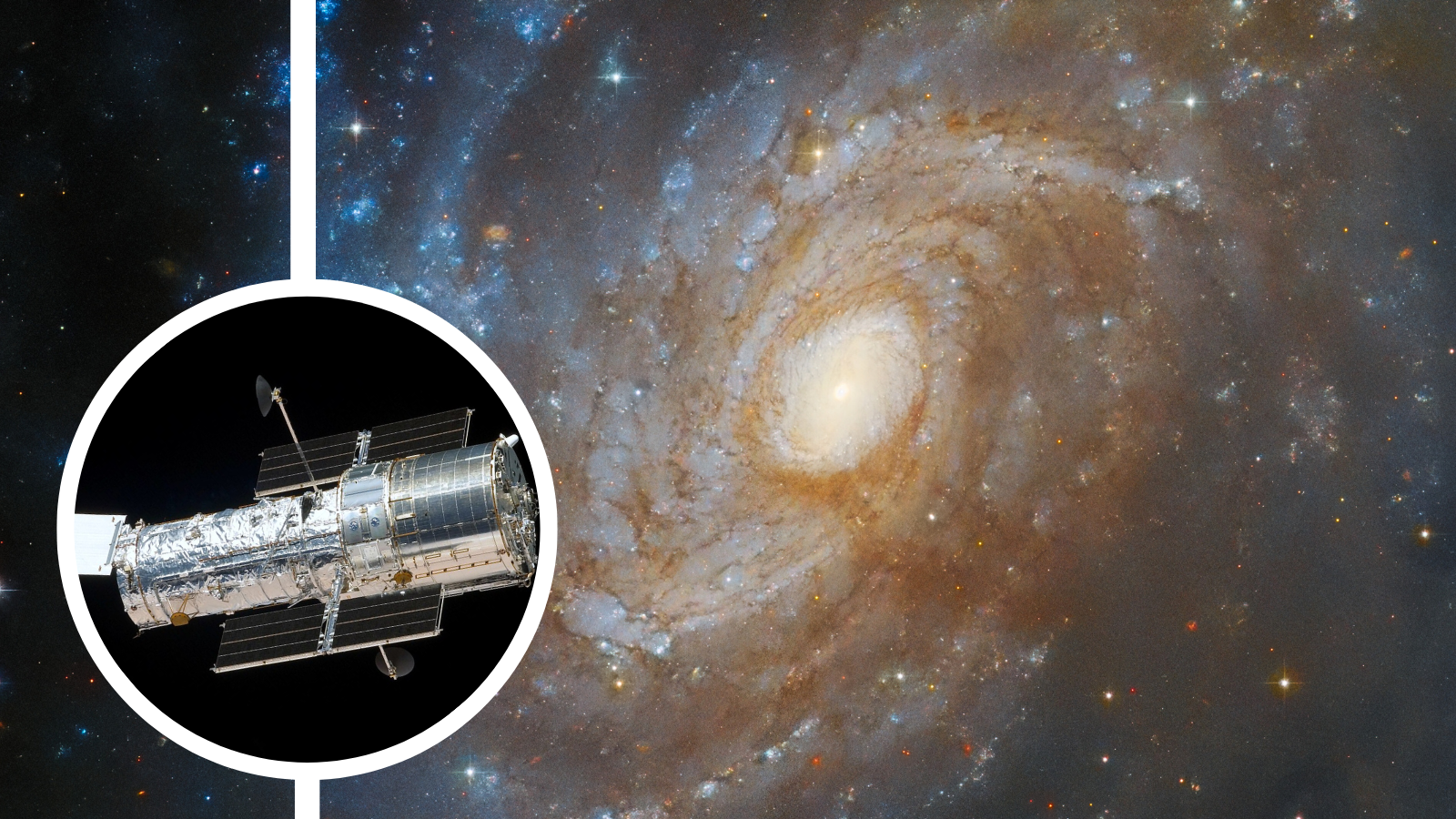
Can Hubble still hang? How the space telescope compares to its successors after 35 years of cosmic adventures
By Robert Lea published
On Thursday, April 24, 2025, the Hubble Space Telescope will celebrate 35 years in space. Can it still hold its own and prove useful when compared to instruments like the James Webb Space Telescope?
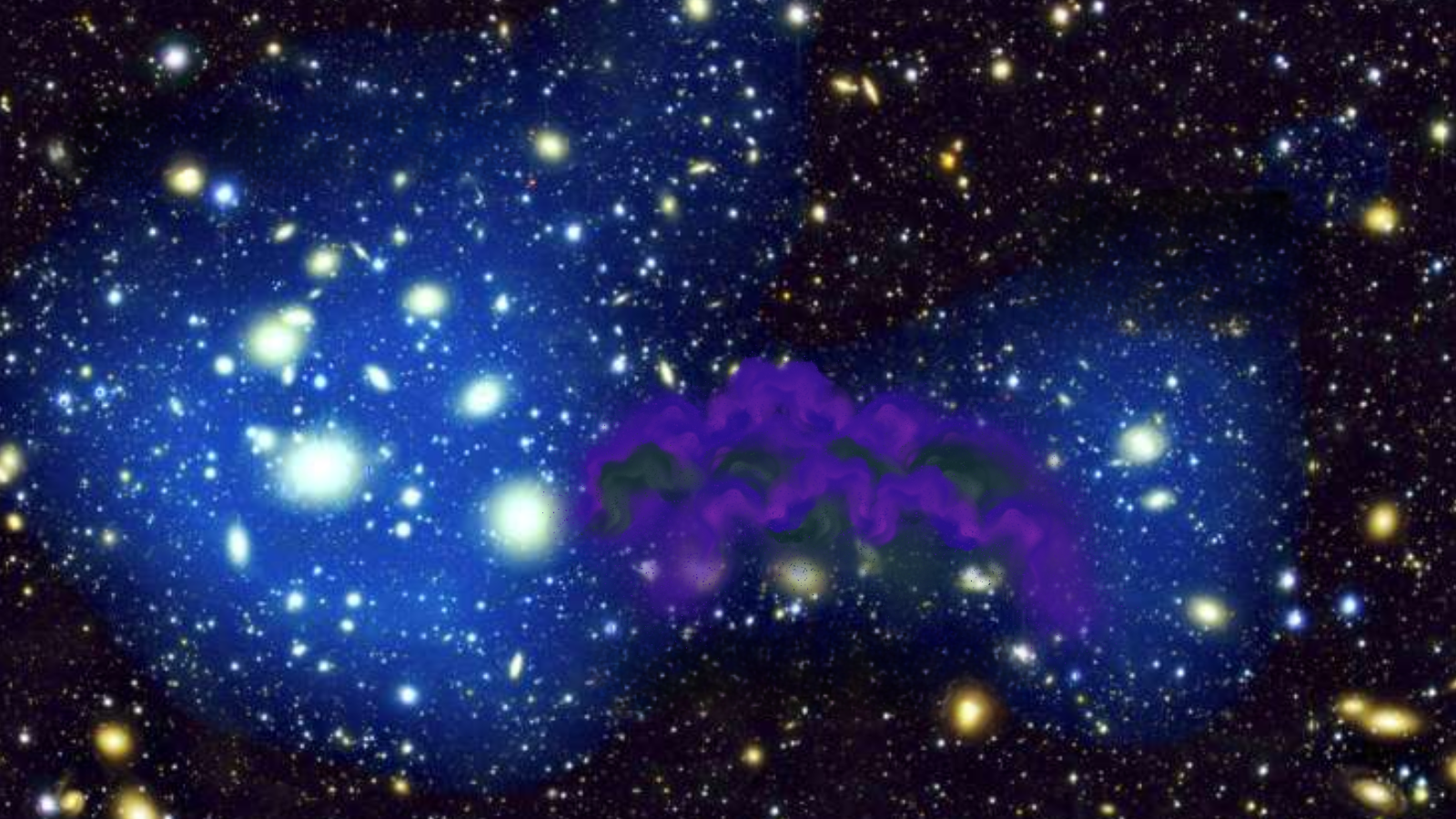
Astronomers discover dark matter 'bridge' linking colliding galaxies: 'This is the missing piece we've been looking for.'
By Robert Lea published
A massive clump of dark matter in the Perseus galaxy cluster is linked to its core by a bridge of dark matter, evidence of a history of mergers.
Get the Space.com Newsletter
Breaking space news, the latest updates on rocket launches, skywatching events and more!
